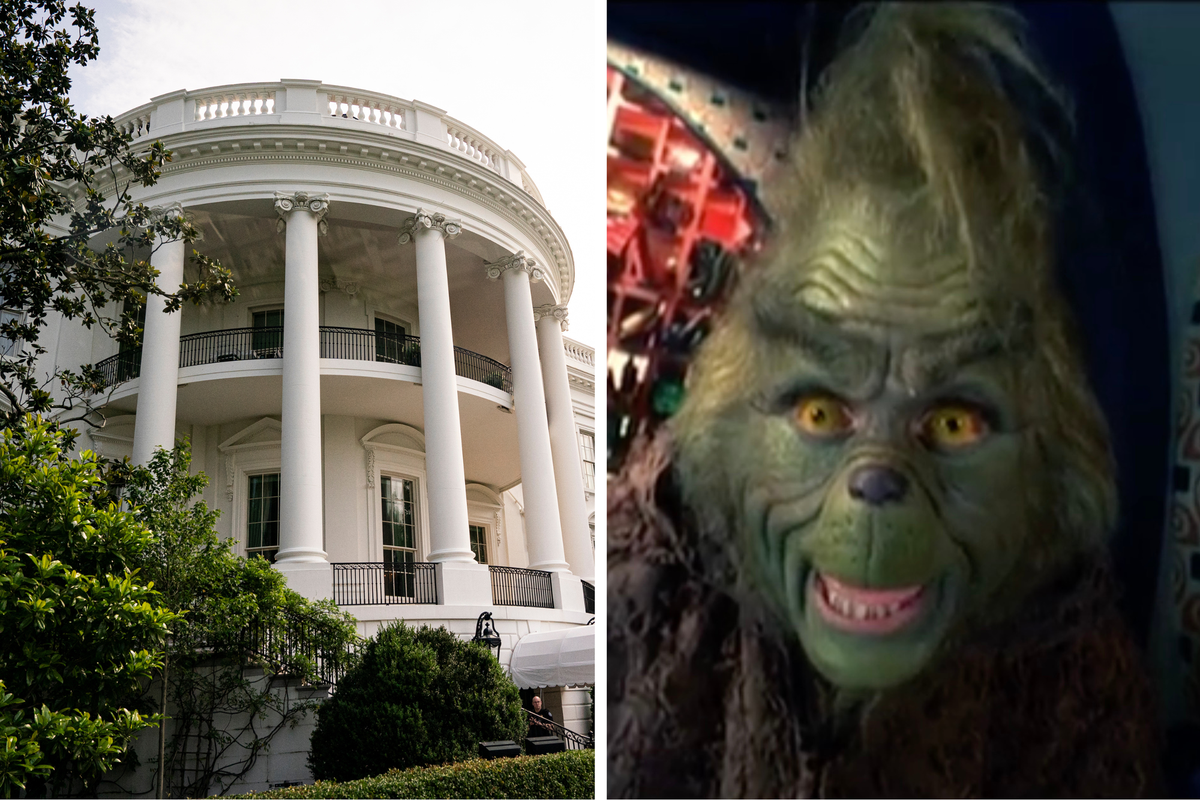Harry Fletcher
Feb 16, 2024

Midjourney
The implications of rapid developments in AI continue to be seen in new and unexpected ways, and a bizarre inclusion in a scientific study might be the strangest case we’ve seen yet.
In what will surely be one of the oddest science stories of the year, a journal has been forced to redact a graphic which features an AI-generated rat with an enormous penis.
And yes, you are reading that correctly.
The paper, which is titled “Cellular functions of spermatogonial stem cells in relation to JAK/STAT signaling pathway” went up on the peer-reviewed science journal Frontiers in Cell Development and Biology this week.
The content might seem to have appealed to a pretty niche readership base normally, but people have flocked to the study after discovering an outrageous AI generated image of a rat with a penis nearly twice the size of its body.
The diagram of the dissected rat – which is credited to generative AI tool Midjourney – also features a load of nonsensical labels for “testtomcels” and, hilariously, “dck”.
It has now been retracted, with a message on the journal's site reading: "Following publication, concerns were raised regarding the nature of its AI-generated figures. The article does not meet the standards of editorial and scientific rigor for Frontiers in Cell and Development Biology; therefore, the article has been retracted. This retraction was approved by the Chief Executive Editor of Frontiers. Frontiers would like to thank the concerned readers who contacted us regarding the published article."
Elisabeth Bik is a science integrity consultant who blogged about the bizarre development, highlighting the impact that generative AI could have on scientific discourse online.
Bik wrote that “the paper is actually a sad example of how scientific journals, editors, and peer reviewers can be naive—or possibly even in the loop—in terms of accepting and publishing AI-generated crap.”
Bik added: “These figures are clearly not scientifically correct, but if such botched illustrations can pass peer review so easily, more realistic-looking AI-generated figures have likely already infiltrated the scientific literature. Generative AI will do serious harm to the quality, trustworthiness, and value of scientific papers.”
While new video tools revealed recently show the incredible potential of AI technology, it’s all about how it’s implemented – and we’ll have to be more careful than ever before as we consider what is real and what very much isn’t real.
Sign up for our free indy100 weekly newsletter
How to join the indy100's free WhatsApp channel
Have your say in our news democracy. Click the upvote icon at the top of the page to help raise this article through the indy100 rankings
Top 100
The Conversation (0)













